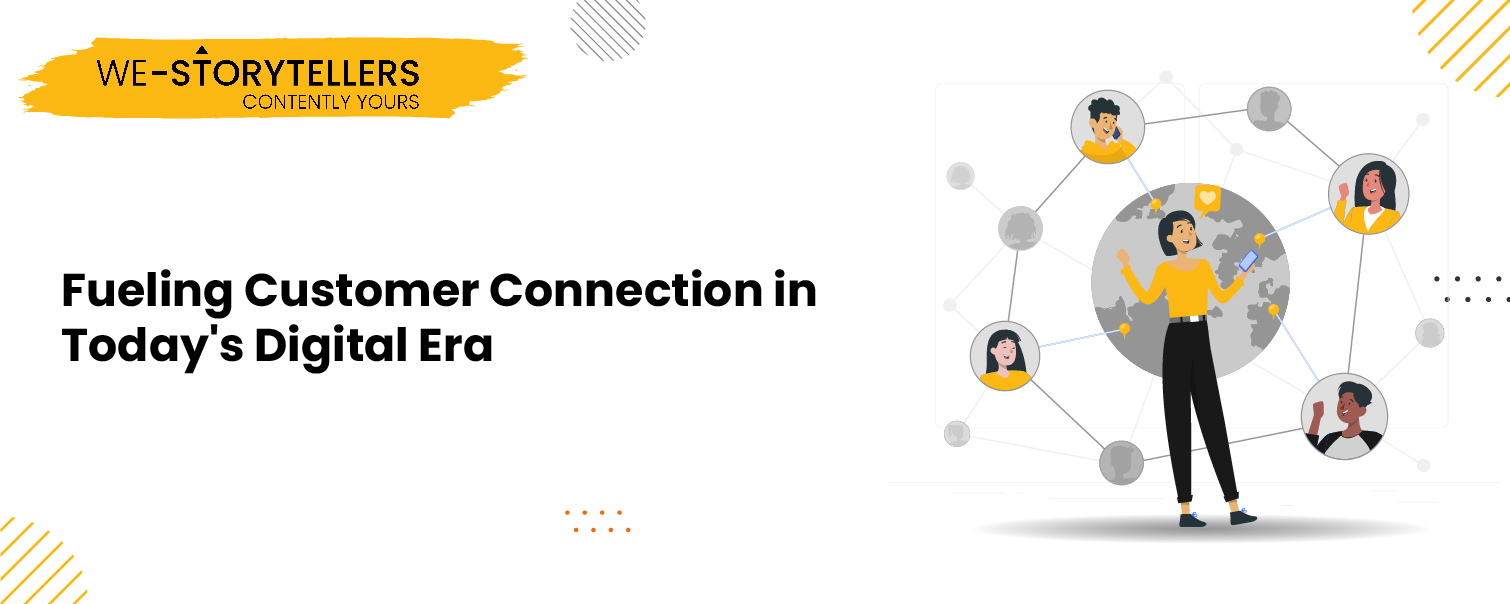Two recent adverts tugged at heartstrings and brought forth fond memories of the nineties in the Indian diaspora. The first ad, launched in July 2023, celebrated India’s ‘social network’ with the popular tea brand – Red Label, which had teamed with Ogilvy’s creative team to pay homage to social networking – online and offline. Close on the heels of this campaign was UPWORK’s “This is how we work now.” It struck a chord with a nudge “to leave the old-fashioned behind and embrace new work models.”
What is noteworthy about the campaigns was the content which captured the quintessential human element. One was about real-life socializing integral to human needs, and the other captured the ‘pain’ faced by businesses and professionals alike, currently grappling with resource crunch and flexible work engagement models.
The main takeaways from these two ad campaigns were the
- Optimal leverage of technology platforms for wider geographical reach
- Creative content with an out-of-the-box thinking storyline
- Most importantly, they resonated with the end customer by addressing the pinch points or offering a panacea.
It brings us back to the question – what are the elements and parameters for optimized digital content? How does the new-age technology paradigm enable it?
Navigating across the digital market with AI-driven content
Over the past decade, digital platforms have expanded globally with a wide range of tools and technologies that empower businesses and consumers alike. In addition, the AI imprint on technology has optimized processes and accelerated business growth and unleashed a huge marketing potential for companies of any scale. While opportunities abound, challenges too arise.
In the ocean of brands and categories, the content that is packaged with the right tool to the right audience through the right channel, with a touch of difference, makes a lasting impact on the customer. With content being the prime engine for marketing, how do you optimize content in the digital market? Can the new-age ChatGPT help you reimagine your campaign and its outcomes through a white paper or other marketing collateral? What are the challenges digital marketers face in the new age of AI?
Well, most buyers relate to content favourable to their needs and preferences. This means the content should be delivered in a format as per your target group’s preferences. Packaging the content to reach your audience and providing the expected results is led by many challenges, such as:
- Mapping the buyer persona: The global market’s vast mix of target groups based on age, gender, and geography with diverse personas and preferences demand content diversity. Research and sound knowledge of the buyer persona help drill out valuable data for content formats.
- Content expertise prioritization: Content generation entails a broad spectrum of skills – design, editing, creative and technical skills. Identifying the resources with the right skills to optimize each aspect of the content is crucial.
- Finding your niche: Identifying your niche will help to target the right audience, work within your budget and generate quality leads.
- Evaluating content ROI effectively: Data-driven analytics helps to funnel down to your niche focus area. And content metrics such as backlinks, page visits, and social media shares show the performance of the content. Using automation marketing platforms that track from first visit right up to purchase, and white papers, that are lead-generation-mines help to measure content ROI. Configuring data analytics tools correctly is crucial in understanding content metrics.
- Omnichannel marketing: Choosing the right marketing channel and building your niche of followers on these channels helps to improve your brand visibility and impact. For this, it is crucial to identify which online platform your audience deeply engages with and what content format they consume.
- Creative, engaging, and exciting content pieces: While content BOTs can collate data, synthesize information and build content models, they lack the emotive aspect. This has to be plugged in by content writers/copywriters by understanding their customers’ human touchpoints and incorporating them into their content.
The above challenges demand in-depth expertise and varied exposure to the uptrends of the digital market. How do you build a composite team with the right skills to create more opportunities through digital content?
- By building an in-house team: Having a dedicated in-house team helps create in-depth brand knowledge that translates to brand essence, content-wise. Cost-wise as well, an in-house team is less expensive. But what lags behind such units is the out-of-the-box approach, as there is heavy banking on the legacy factor of the business that ensures low risks and secure investments. Here is where external agencies can pitch in to fill the gap.
- Partnering with agencies: While partnering with agencies, the most significant advantage is the team diversity involved in creating your content. This diversity draws from worldwide exposure to businesses and industries and ready adaptability to the market dynamics. Such agencies break traditional boundaries to experiment with innovative content formats, delivery etc.
The significance of stories in building lasting customer connections
Stories have had a way of connecting humans since the Old Stone Age. From huddling around campfires to cave paintings and ads on YouTube, the content with the most compelling story steals the show.
An infographic by OneSpot marketing company reveals that “around 92% of consumers want companies to create more ads that feel like a story”. Brand stories that are unique and resonate with your customers’ ecosystem leave an impact and a following that run-of-the-mill content can never match.
Digital marketing strategies for content should be story-centric so that your brand leaps forward from mere visibility to quality leads and conversions.


